Vatican
Preparations for the conclave to find a new pope accelerated on Friday, with the installation of the chimney out of the Sistine Chapel that will signal the election of a successor to Pope Francis.
Vatican firefighters were seen on the roof of Sistine Chapel installing the chimney, a key moment in the preparation for the May 7 conclave.
After every two rounds of voting in the Sistine Chapel, the ballots of the cardinals are burned in a special furnace to indicate the outcome to the outside world.
If no pope is chosen, the ballots are mixed with cartridges containing potassium perchlorate, anthracene (a component of coal tar), and sulfur to produce black smoke.
But if there is a winner, the burning ballots are mixed with potassium chlorate, lactose and chloroform resin to produce white smoke.
The chimney installation took place as cardinals arrived in the Vatican for another day of pre-conclave discussions about the needs of the Catholic Church going forward and the type of pope needed to run it.
These consultations include all cardinals, including those over age 80 who are ineligible to vote in the conclave itself.
In recent days, they have heard reports about the Vatican’s dire financial situation, and have had the chance to speak individually about priorities going forward and problems they identified in Francis' pontificate.
The white smoke last came out of the chimney on the fifth ballot on March 13, 2013, and Cardinal Jorge Mario Bergoglio was introduced to the world as Pope Francis a short time later from the loggia of St. Peter's Basilica.




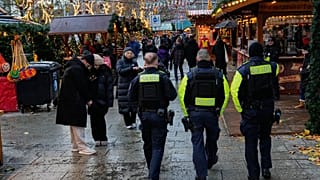
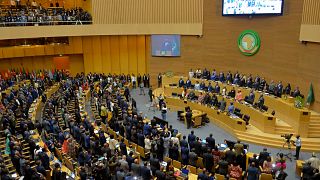

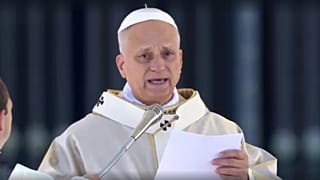
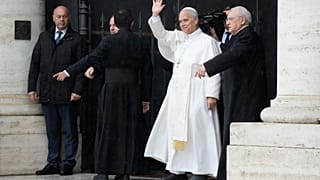

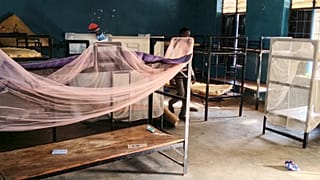
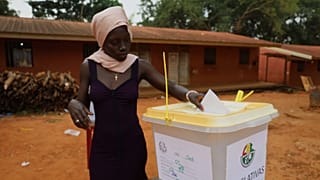
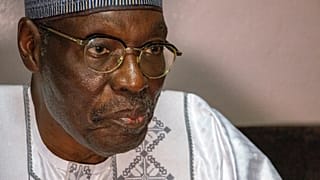
01:15
Pope Leo XIV hosts South African President Cyril Ramaphosa at Vatican
01:00
Pix of the Day: November 07, 2025
01:00
Pix of the Day: October 17, 2025
01:00
Pix of the Day: October 15, 2025
01:00
Priests in Rome march to parliament in solidarity with Palestinians
01:00
Pix of the Day: August 27, 2025